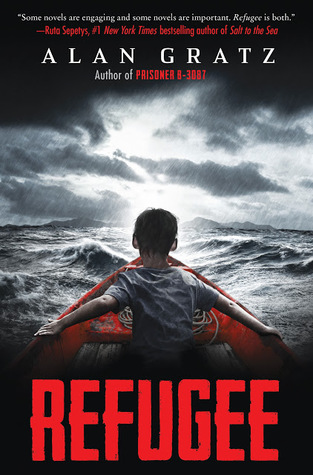Our campus hosts an annual Family Literacy Night that falls around Dr. Seuss's birthday, so what better theme to use the Dr. Seuss's books!
In the past, I would host the book fair on this night for parents to shop. While I made good sales on this night, it was too much to plan the evening, plan Read Across America Week, and have book fair. After breaking out into hives last year, I decided book fair could be another week.
Our families always have a great time at our reading night. The favorite activity is the trivia scavenger hunt. I hang up cards that have paragraphs from a Seuss biography. Each family gets a page with questions that can be answered by looking for the information on the cards. Some of the answers can also be found on the
Seuss biography website.
Hat Making Station
What better way to celebrate Dr. Suess than to make our own tall, striped hats. Kids could use crayons, markers, washi tape, dot markers, and stamps to make their own hat creation. They enjoyed wearing them the rest of the evening and showing off their creations.
Bookmark Creation Station
My favorite station is where families can create their own bookmarks. At the station are blank bookmarks to start the creation. Washi tape, crayons, stickers, and markers are provided at the station for use. We also set out popular Dr. Seuss quotes that can be copied onto the bookmarks.
I love to see all of the unique creations that students come up with.
Comprehension Cootie Catchers
This is a favorite station with the older elementary students, and parents love that they are taking home comprehension questions for their kids. At this station, students make a cootie catcher, also known as fortune tellers. We have ones with comprehensions questions for nonficion text and another for fiction text. Inside the cootie catcher, or fortune teller, are questions that parents can ask their child after reading a book. This is a fun way for the whole family to be involved in reading.
Story Times
You can't have Family Literacy Night without story time!! Our principal read OH THE THINKS YOU CAN THINK and I read GREEN EGGS AND HAM.
Boggle
This is another fun station for the older students, and it is a great challenge for our academically gifted students. If you've never played Boggle with your students, you need to try it out next week! When I was a classroom teacher, I had a different Boggle board in a Daily 5 station every month.
Boggle is a word game that has 16 random letters in columns and rows. The object is to find as many words as you can in the grid. You can move in any direction, but letters must be touching in a chain.
Relay Races Cat in the Hat style
In previous years we had Seuss Bingo, but I thought we would change it up a little and have relay races. Since our theme was Dr. Seuss, we decided to go relay races Cat in the Hat style. We had several challenges.
- How high can you stack the cups.
- Skip backwards while saying the ABCs backwards.
- Juggle 3 or more items at a time.
- Balance an object on a spoon while hopping.
Green Eggs and Ham Hunt
This one is a hit with the younger students. We write sets of rhyming words on green easter eggs and place them all around a classroom. The object is to find pairs of rhyming words, then pick out of a prize box.
Tongue Twisters
I got the idea of this station while reading FOX IN SOCKS to a class one day. We printed out tongue twisters onto strips of paper. Families took turns trying to say the tongue twisters as fast as they could without messing up. This helps with fluency. Then, they could write their own tongue twisters on the blank strips of paper.
Photo Booth
This was a hit! I bought these fun photo props at Party City!



